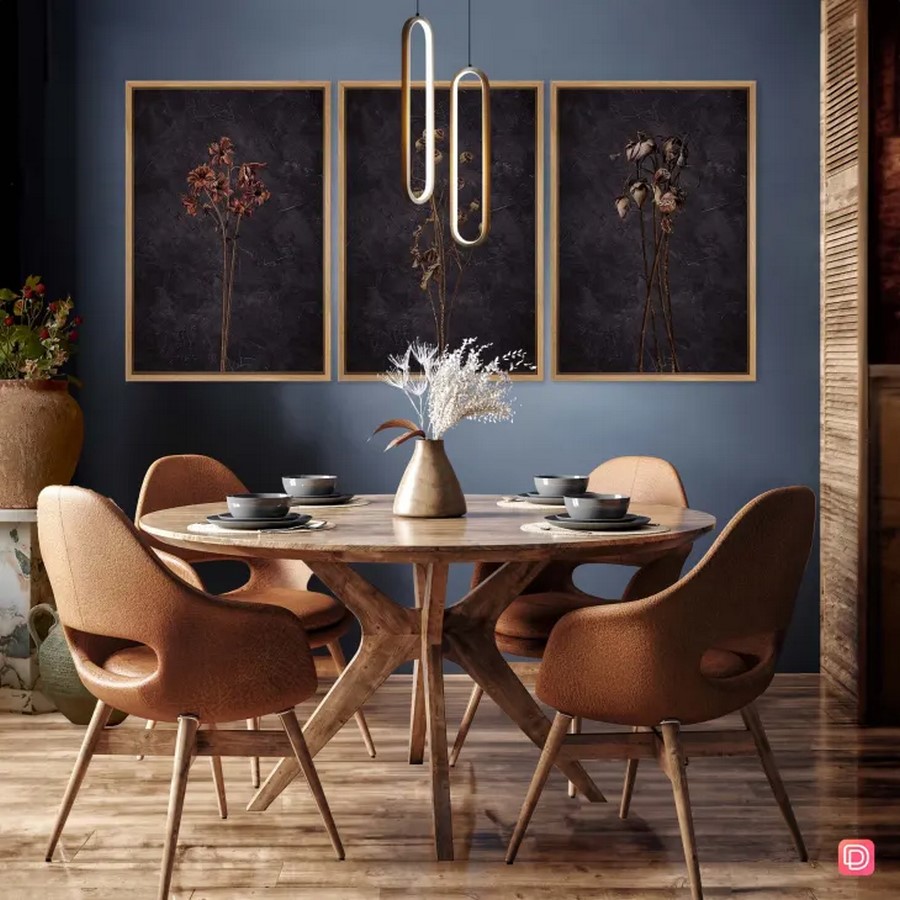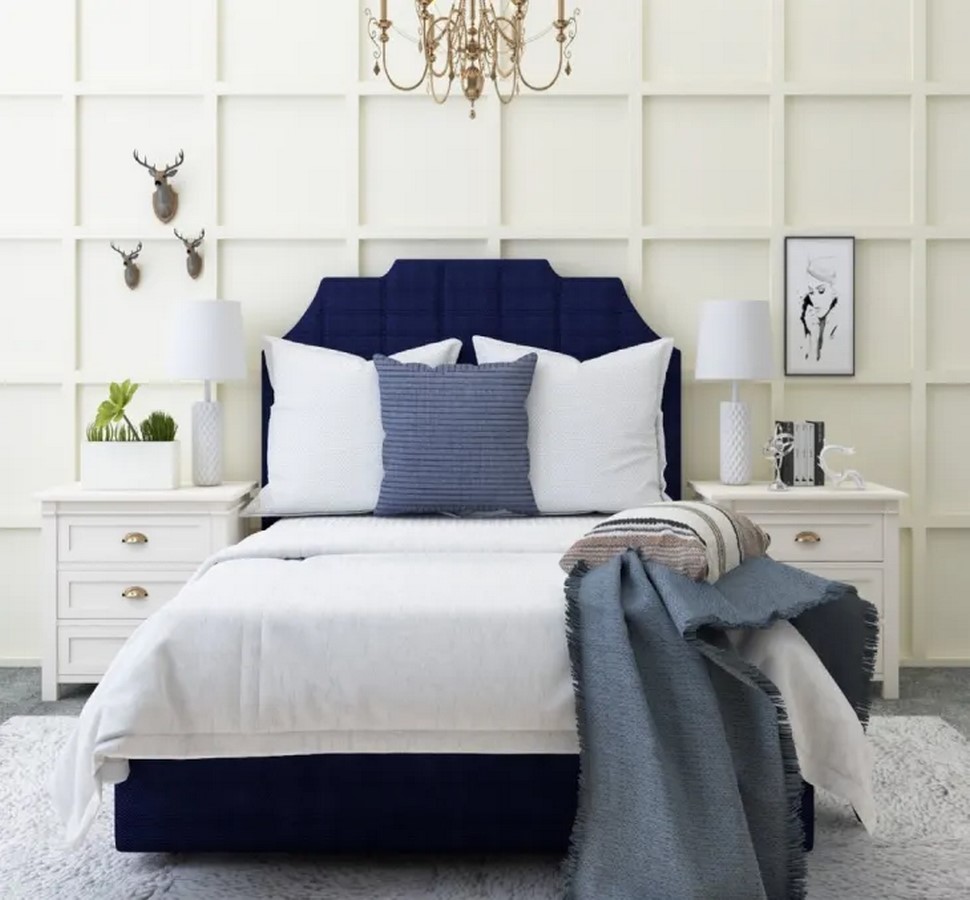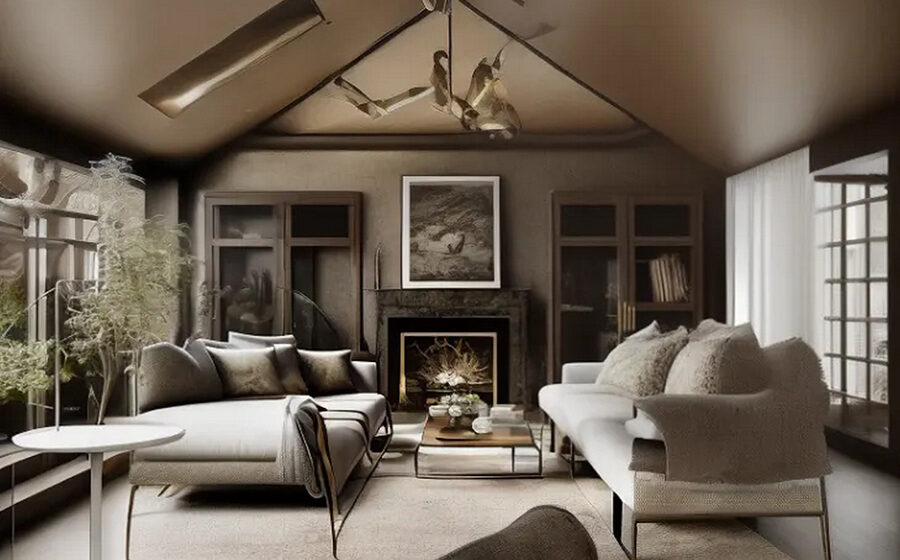In the realm of interior design, the allure of tactile experiences often takes precedence. However, with the emergence of AI interior design tools, there’s a new avenue for shaping and envisioning spaces. As a fervent design enthusiast, I embarked on a journey to test various free AI interior design tools, seeking to unravel their potential in transforming home spaces. Here’s an insightful review of my experiences with each tool, along with invaluable tips for maximizing their utility.
Leveraging AI for Interior Design
AI interior design tools offer a spectrum of services, ranging from conceptual ideation to practical design implementation. These tools harness the power of artificial intelligence to assist users in envisioning and actualizing their design aspirations. Whether you’re seeking visual inspiration or practical design solutions, AI tools provide a convenient platform to explore and experiment with diverse design elements.

Tips for Effective Utilization
- Come Prepared
Before delving into AI design sessions, ensure you have essential information about your space, including measurements, photos, and existing furniture details. Preparedness enhances the accuracy and relevance of design outputs.
- Articulate Your Vision
Clear and specific communication is paramount when interacting with AI systems. Familiarize yourself with design terminology to articulate your preferences accurately, thereby refining the quality of generated design renderings.
- Embrace Experimentation
Approach AI design tools with a spirit of experimentation and playfulness. Acknowledge that occasional glitches or unexpected outcomes may occur, and view them as opportunities to explore creative alternatives.

- Recognize Limitations
While AI tools offer valuable design assistance, they have inherent limitations. Manage expectations regarding the extent of design capabilities and be prepared to complement AI-generated designs with manual adjustments or professional intervention if necessary.
Review of Five AI Interior Design Tools

- RoomsGPT
RoomsGPT stands out for its user-friendly interface and visual inspiration generation. However, it lacks detailed design schemes and customization options, making it suitable primarily for design enthusiasts seeking inspiration.
- Microsoft Bing Image Creator
Powered by advanced AI technology, Microsoft Bing Image Creator excels in rendering realistic design visuals. However, its reliance on language prompts may limit accuracy, requiring users to refine their descriptions for optimal results.
- Decorilla
Combining AI capabilities with professional design services, Decorilla offers comprehensive design solutions tailored to individual preferences. While it commands a higher price point and longer turnaround time, it provides curated design schemes and actionable recommendations.
- Foyr Neo
Geared towards design professionals, Foyr Neo integrates AI with industry-standard design tools to streamline the design process. Its extensive 3D model library facilitates realistic renderings, making it ideal for e-design projects with prior design knowledge.

- DecorMatters
Blending AI technology with social networking features, DecorMatters fosters a collaborative design community. While its renderings may lack realism, its interactive platform enables users to experiment with furnishings, seek feedback, and refine their design visions.
Conclusion: Harnessing the Potential of AI Design
AI interior design tools represent a transformative force in the realm of home design, offering accessible and innovative solutions for design enthusiasts and professionals alike. By leveraging these tools effectively and supplementing their capabilities with creative insight, individuals can embark on a journey of design exploration, empowering them to craft spaces that reflect their unique vision and style.







Leave a Reply